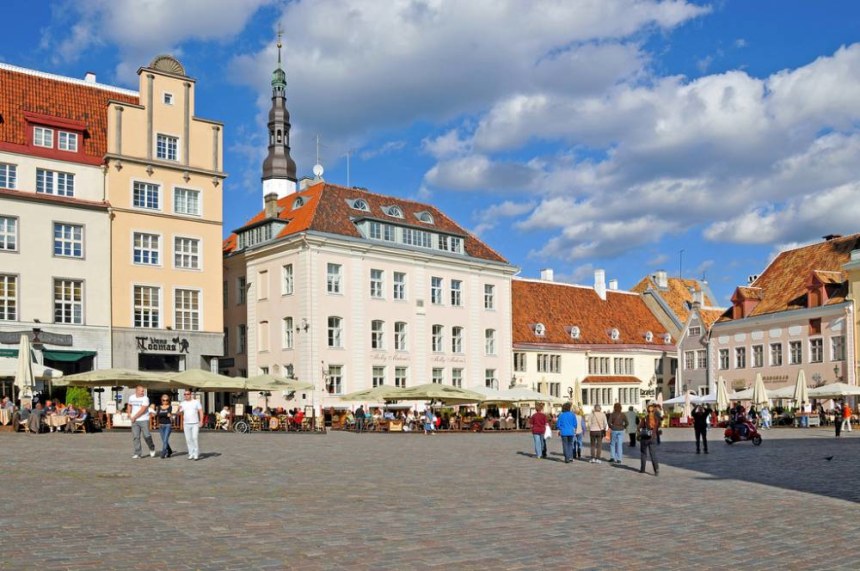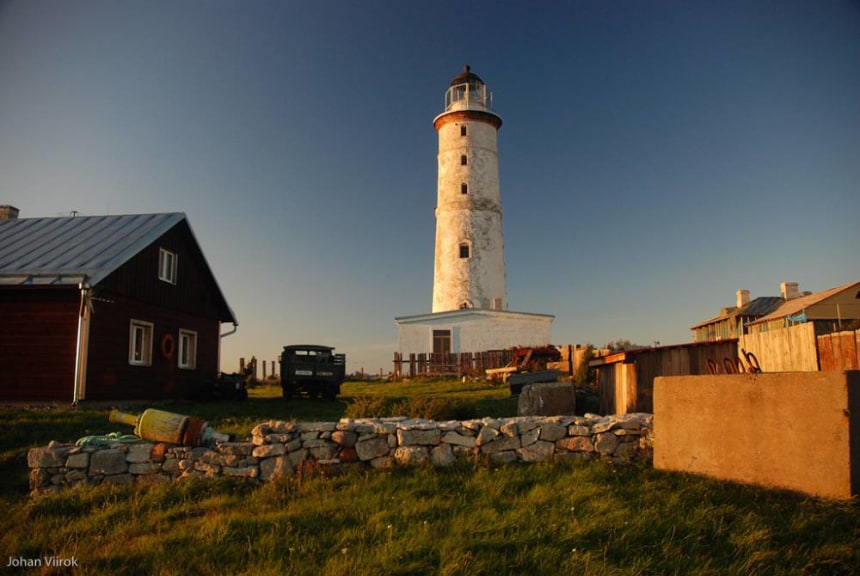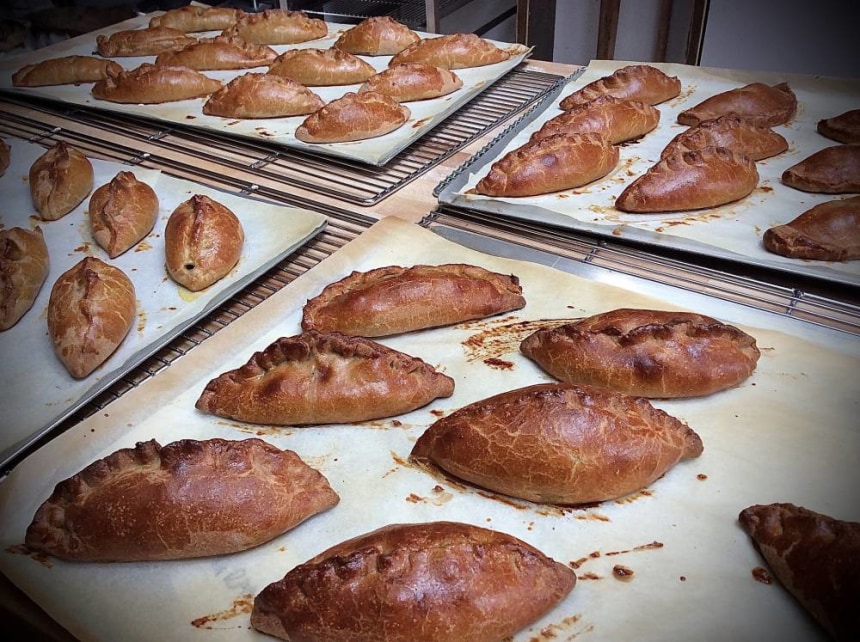TE
tourHQ Editorials
| 6 mins read
By Joseph Francis
From the stone-clad towers and bulwarks that still loom above the Baltic Sea in Tallinn to the shadowy swamp forests that line the Russian border in the east, the bustling student bars of Tartu to the windswept beaches of the out-at-sea islands, Estonia packs one serious punch when it comes to things to do and see. Long the enigma of the Baltic states, this nation of sauna-going polyglots is part Central European, part Scandinavian, part Slavic, part Russian in flavour. That makes for one curious kaleidoscope of foods to try, music to hear, buildings to wonder at and people to meet. In this Estonia travel guide, take a look at the top things every traveller should sample when making their way through this far-flung corner of the continent.
Explore Tallinn
Tagged by UNESCO and hailed by many as the best-preserved medieval city in all of Europe, Tallinn now figures as the beating cultural, political and economic heart of the nation. With a population of just over 400,000, upwards of 30% of all Estonians call this one home. And what a home it is! At the city’s heart, soaring towers and turrets crown Toompea Hill; the kernel of the country’s parliament that sits watched over by the onion domes of the controversial Alexander Nevsky Cathedral. All around this fortified ridge of bulwark and castle, red-tiled roofs spread out to form the so-called lower old town. This maze of cobblestone streets rarely fails to enchant, hiding beer halls and quality restaurants amidst the darkened courtyards and tight-knit alleyways, not to mention the likes of the Kiek in de Kök tower and the bustling Town Hall Square. But it’s not all history here either, and many Tallinn tour guides now lead visitors to the up-and-coming boho district of Kalamaja, where old prisons are rising as quirky bars and historic industrial depots are reinvigorated as art galleries.
Hang out with students in Tartu








